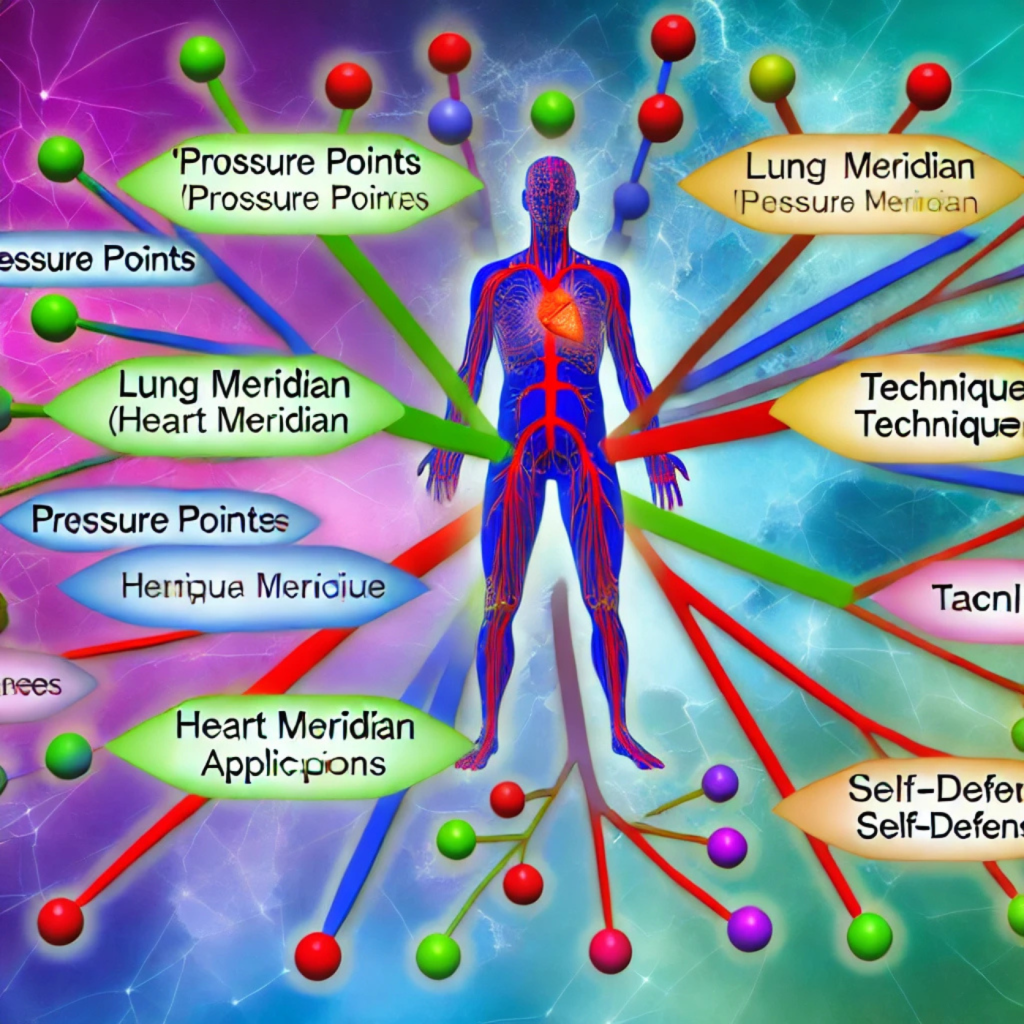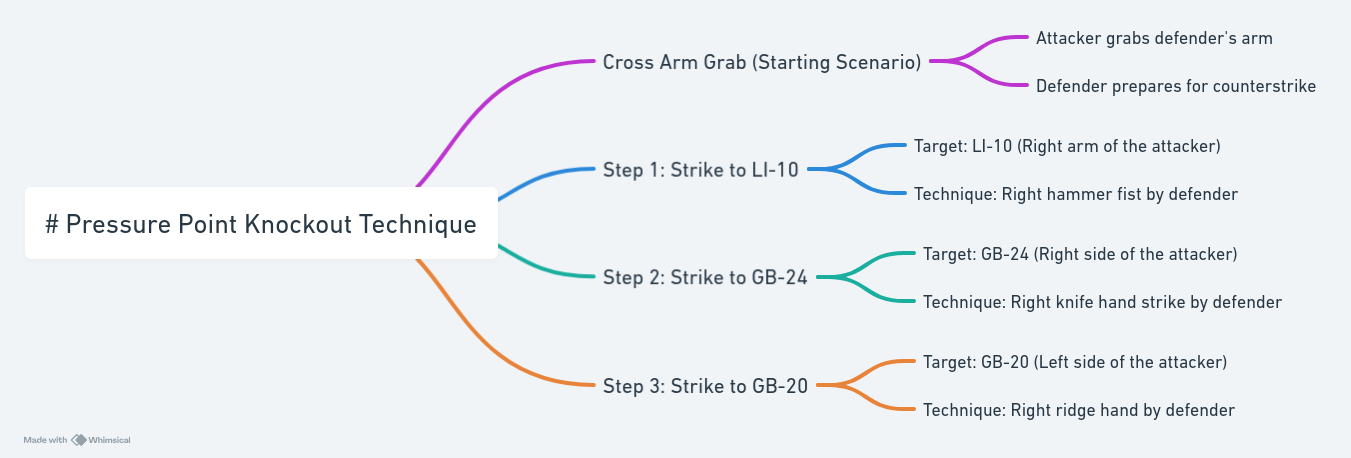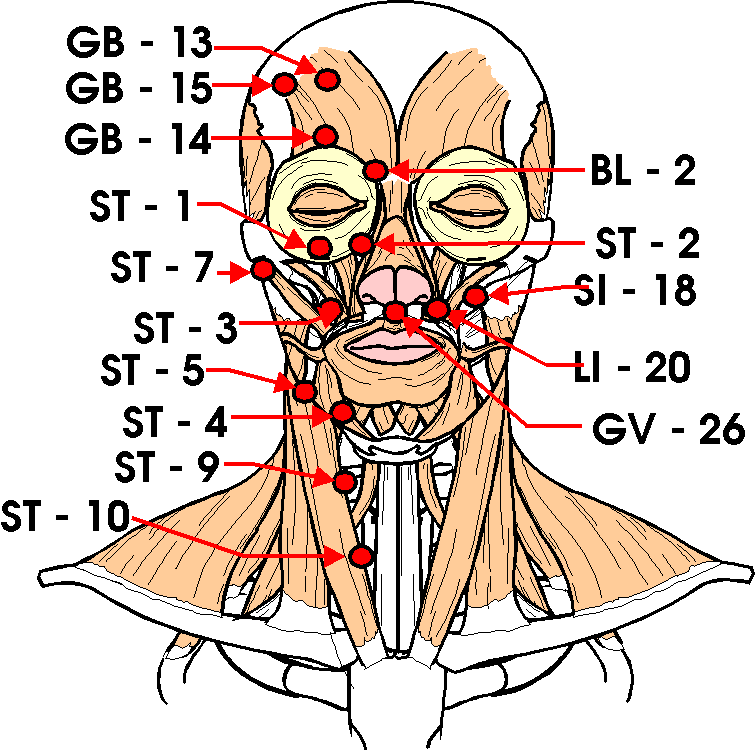
Pressure Point Mind Mapping. How to increase learning retention much more effectively and without overtaxing the brain. Kyusho Jitsu, the art and science of pressure points, requires an in-depth understanding of human anatomy, energy pathways, and precise techniques.
The discipline is a tapestry of interwoven concepts—meridians, points, angles, timing, and intent. As with any intricate study, organizing and internalizing this wealth of information can be daunting.
Enter mind mapping—a dynamic tool that not only simplifies learning but also enhances retention, creativity, and practical application.
In this article, Pressure Point Mind Mapping, we’ll explore what mind mapping is and how it can be a game-changer in mastering pressure points, taking your Kyusho Jitsu practice to new heights. There is so much to this practice of Pressure Point Mind Mapping.
What is Mind Mapping?
Mind mapping is a visual thinking tool that organizes information in a structured yet highly flexible way. Instead of listing notes linearly, you create a diagram that radiates outward from a central idea. Each branch represents a related concept, and sub-branches dive deeper into details.
Think of it as a tree of knowledge, where the trunk is your main topic, and the branches and leaves represent its components. This approach engages both hemispheres of the brain—the logical left and the creative right—making learning more effective and enjoyable.
Key benefits of mind mapping include:
- Clarity: Simplifies complex topics by breaking them into digestible pieces.
- Engagement: Turns passive note-taking into an active, interactive process.
- Retention: Uses images, colors, and connections to boost memory.
- Application: Encourages the synthesis of ideas, making it easier to apply knowledge practically.
- For martial artists, mind mapping is an invaluable tool, particularly when studying systems as detailed as Kyusho Jitsu.
Mind Mapping for Kyusho Jitsu: A Practical Guide

1. Start with the Central Idea: Pressure Points
In the center of your map, place the term Pressure Points or Kyusho Jitsu. This will be the foundation from which everything else radiates. Use an image or symbol to make it visually stimulating—for example, a yin-yang symbol or an acupuncture point.
2. Create Primary Branches
From the central idea, draw branches for the main categories of Kyusho knowledge. Examples for Pressure Point Mind Mapping include:
- Meridians: The energy pathways from Traditional Chinese Medicine.
- Pressure Points: Specific locations on the body.
- Techniques: Methods of striking or activating points.
- Principles: Concepts like angles, intent, and energy flow.
- Applications: Real-world scenarios, such as self-defense or healing. Each primary branch represents a significant area of study, creating a clear structure.
3. Add Sub-Branches
Dive deeper into each primary branch by adding sub-branches. For example:
- Under Meridians, list the 12 primary meridians (e.g., Lung, Heart, Stomach) and their associated pressure points.
- For Pressure Points, organize points by meridian, effect, or location (e.g., head, torso, limbs).
- Under Techniques, outline methods like striking, pressing, or rubbing, along with principles like correct angle and direction.
- For Applications, include scenarios like disabling an opponent or relieving pain through acupressure. Use images, colors, and keywords to make these branches visually distinct and engaging.
4. Incorporate Associations
Kyusho Jitsu thrives on connections—how one point relates to another, or how activating specific points influences the body. Use your mind map to visually represent these relationships. Draw arrows or lines to link concepts. For example:
Connect the Heart meridian to points on the arm and chest.
Show how a strike to a pressure point affects a specific organ or function.
These connections deepen your understanding and allow for quick recall during practice.
Using Pressure Point Mind Mapping to Practice Kyusho Jitsu
Mind maps aren’t just for studying theory; they’re a practical tool for refining your technique and enhancing your application. Here’s how:
1. Pre-Training Preparation
Before a practice session, review your mind map to refresh key concepts. For instance:
Study the angles and directions for specific strikes.
Review how meridians influence each other during pressure point activation.
This visual refresher primes your mind for focused and effective practice.
2. Scenario Planning
Create mind maps for real-world scenarios. For example:
Start with Self-Defense as the central idea.
Add branches for common situations like grabs, punches, or ground attacks.
Link pressure points and techniques that could be used in each scenario.
This process helps you mentally rehearse responses, so they become second nature in high-stress situations.
3. Progress Tracking
Use mind maps to track your progress and identify gaps in your knowledge. For example:
- Mark pressure points or techniques you’ve mastered.
- Highlight areas where you need more practice.
- Add notes from sparring sessions or feedback from instructors.
- This ongoing refinement keeps your practice intentional and goal-oriented.
4. Teaching and Sharing Knowledge
As an instructor, mind maps are an excellent way to teach Kyusho Jitsu. Create maps tailored to your students’ needs—simpler versions for beginners and detailed ones for advanced practitioners. Visual aids help students grasp concepts faster and retain them longer. Can you see the power of Pressure Point Mind Mapping?
Benefits of Pressure Point Mind Mapping
Enhanced Retention
By engaging multiple senses—sight, touch, and even emotion through creative elements—mind mapping helps you remember intricate details of pressure points and their applications.
Holistic Understanding
Kyusho Jitsu isn’t just a collection of techniques; it’s a system that integrates anatomy, energy flow, and intent. Mind mapping reveals these connections, giving you a more profound and intuitive grasp of the art.
Confidence in Application
Knowing where and how to strike a pressure point is one thing; having the confidence to apply it under stress is another. Mind mapping solidifies your knowledge, making it accessible when you require it most.
Pressure Point Mind Mapping in Conclusion
Pressure Point Mind Mapping is a transformative approach to learning and practicing Kyusho Jitsu. It simplifies complex concepts, enhances memory, and bridges the gap between theory and application. Whether you’re a beginner striving to understand the basics or a seasoned practitioner refining your craft, mind mapping can elevate your practice to a new level.
Start small, experiment with different layouts, and let your creativity flow. As you master the art of mind mapping, you’ll find it’s not just a tool for learning—it’s a pathway to more in-depth understanding and greater mastery of Kyusho Jitsu.
Pressure Point Mind Mapping is so powerful a learning tool.
Please share on social media.
Questions
Do you have any questions about this article Pressure Point Mind Mapping? Please consider using the form below to ask.
Follow me on,
Have a wonderful day.
Yours in the arts,
Grand Master Art Mason
Kosho Ryu Enterprises SLR, Romania
WhatsApp: +40 747 899 183

